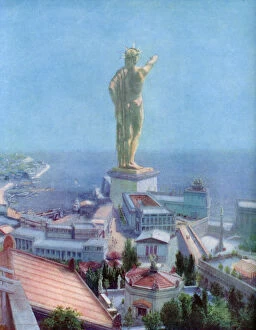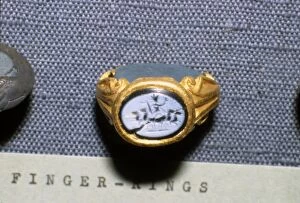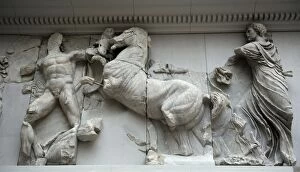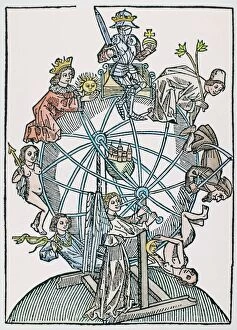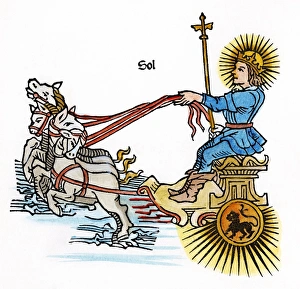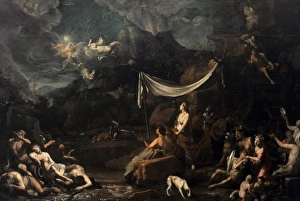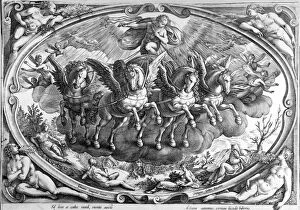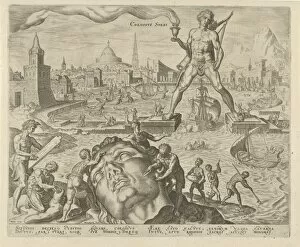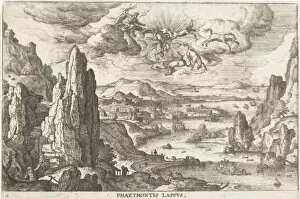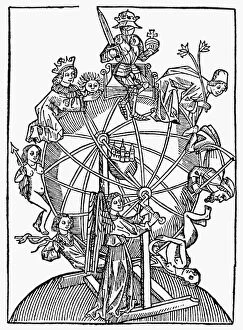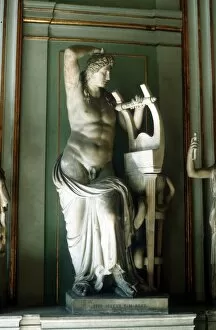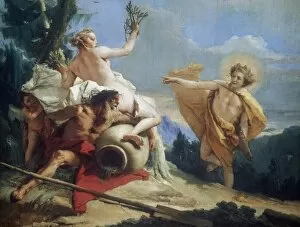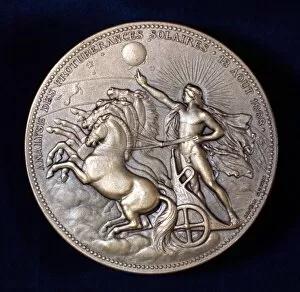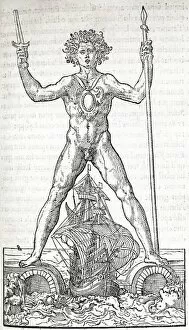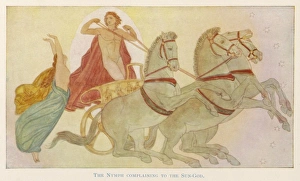Helios Collection (page 2)
"Helios: The Radiant Sun God and Symbol of Power" In the ancient world, Helios was revered as the embodiment of light and power
All Professionally Made to Order for Quick Shipping
"Helios: The Radiant Sun God and Symbol of Power" In the ancient world, Helios was revered as the embodiment of light and power. From the majestic Colossus of Rhodes statue to the intricate engravings depicting him in all his glory, Helios captivated hearts with his radiant presence. Darius Milhaud's composition "Helios" brought this celestial deity to life through music, evoking a sense of awe and majesty. Apollo, often associated with Helios, also played a significant role in mythology as the god who personified the sun. Clear vases adorned with depictions illuminated homes and temples alike, symbolizing prosperity and abundance. Even on the grand Acropolis of Athens, statues paying homage to Helios stood tall against the sky, reminding all that he was both protector and bringer of light. Alexander the Great himself was likened to Helios in marble form - an honor bestowed upon him for his conquests that stretched across vast lands. On Pergamon Altar's Horse carriage attacking a giant scene, one could witness how even gods relied on this mighty figure for strength. As the Sun God himself, Helios held immense significance throughout history. Roman statues like Apollo Coelispex gazed at heavenly wonders while others depicted him seated nude as inventor of music - showcasing his multifaceted nature. The Chariot of the Sun fresco from 1750-60 captured imagination with its depiction of a fiery chariot traversing across skies under Helio's command. It served as a reminder that every day dawned because he willed it so. Helios remains an enduring symbol; representing warmth, vitality, and power beyond measure. Whether through art or mythological tales passed down generations after generations – he continues to inspire us with his brilliance even today.

